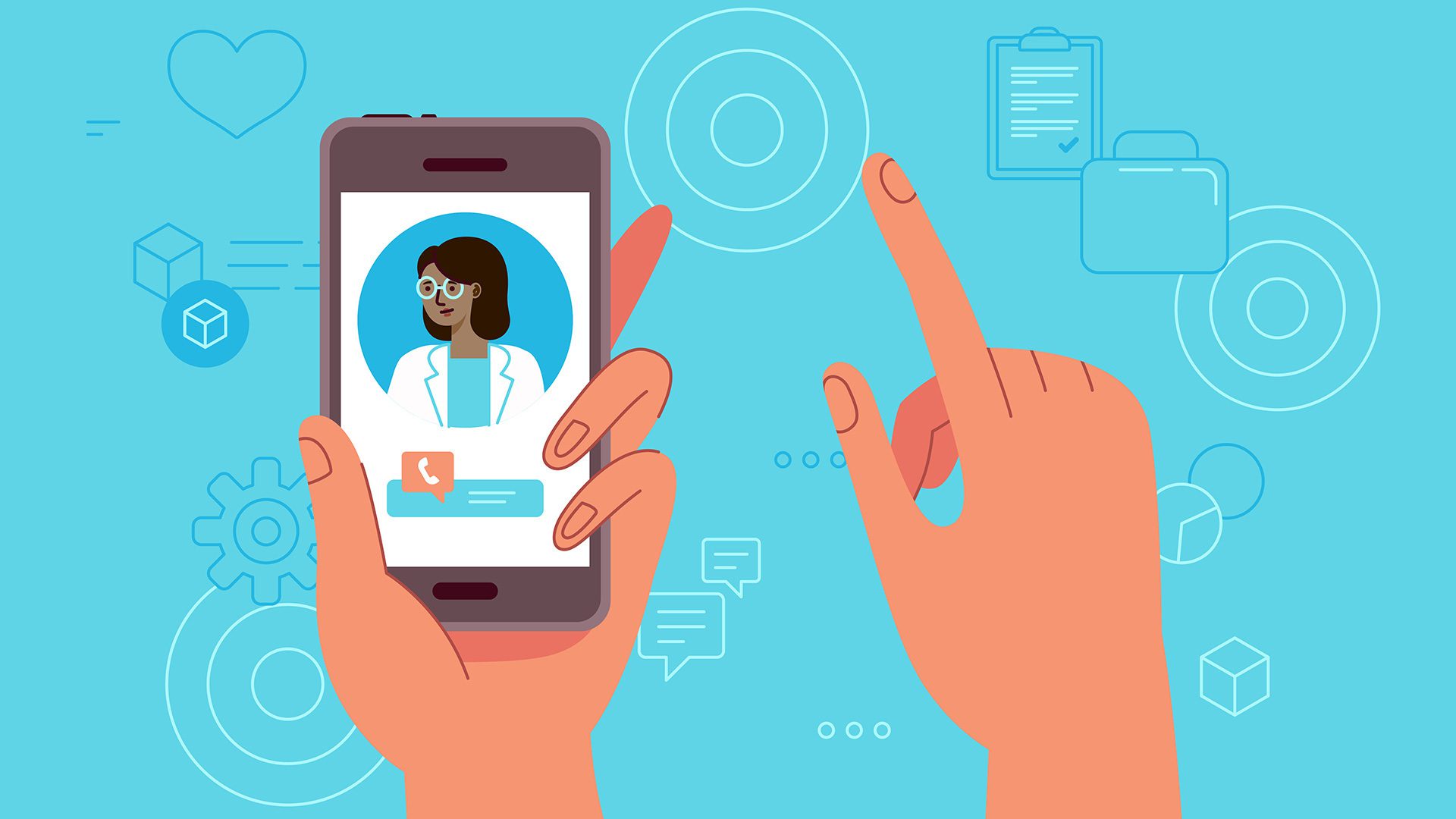- December 10, 2020
- By Chris Carroll
With so much human contact channeled through shaky video links these days, connecting can be harder. For mental health clinicians—who are trained to assess social and emotional well-being, reactions to medications and other important factors through observation and interaction—the drawbacks of videoconferencing can be more than just awkwardness.
A new research project is seeking to break down that electronic divide with artificial intelligence-based tools, bringing together computer scientists from the University of Maryland, College Park and behavioral health clinical experts from the University of Maryland School of Medicine at the University of Maryland, Baltimore. It was funded this fall by a COVID-inspired seed grant from the MPowering the State initiative, which harnesses the joint research power of both institutions.
The collaboration began to take shape during the spring when the pandemic started shutting down businesses shuttering people in their homes. It quickly became clear that behavioral health providers needed to find better ways to engage patients and clients who used to come to their offices, but whom they now encountered exclusively online during a time when half or more of U.S. respondents to polls indicated their mental health had declined.
“We switched overnight from in-person to telehealth care for a lot of our patients; the profession had to adapt without training, because there was no time,” said Gloria Reeves M.D., a psychiatrist and associate professor at the medical school. “The ability to assess nonverbal cues, how they are responding and interacting—I lose a lot of that through virtual care.”
Aniket Bera, an assistant research professor in the Department of Computer Science and the University of Maryland Institute for Advanced Computer Studies (UMIACS), meanwhile, had been working on ways to gauge emotions and behavioral traits with artificial intelligence and computer vision systems that monitor speech patterns, facial expressions or where a subject’s gaze wanders
When the two began to talk, it became clear they could combine their expertise to seek ways to improve mental telehealth services. The project, which is focuses on rural child behavioral telehealth delivery, is aimed first at finding an effective way to measure caregiver-patient engagement—a necessity for successful outcomes.
With the MPower funding, Bera and his team are building an artificial intelligence-based algorithm to analyze video and audio in real time to measure engagement by sorting through a complex set of measures that are much harder for mental health professionals to pick up through videoconferencing, which lacks true eye contact, and creates a kind of tunnel vision that prevents the caregiver from understanding how a patient is reacting to their environment, or seeing most of their bodily movements. But creating technology to do this is far from simple, he said.
“Your eyes tell one story, your face tells a different story, your speech tells a different story. Which is more important?” Bera said. “How do we automatically figure out what to pay attention to so we can measure the level of engagement?”
Bera and Reeves hope to use the seed funding to build the foundation for a larger project that will move on to measure other factors—psychiatric symptoms, reactions to medicine and more—and create a broadly useful tool clinicians can use to help their patients, and which could have other uses as well.
Even if the pandemic ends within several months, telehealth is likely to continue to grow, Reeves said; among other things, patients like the convenience and it could lower costs.
“I don’t think we know yet what the new normal is, but I don’t think we should assume it will be exactly what it was,” she said.
